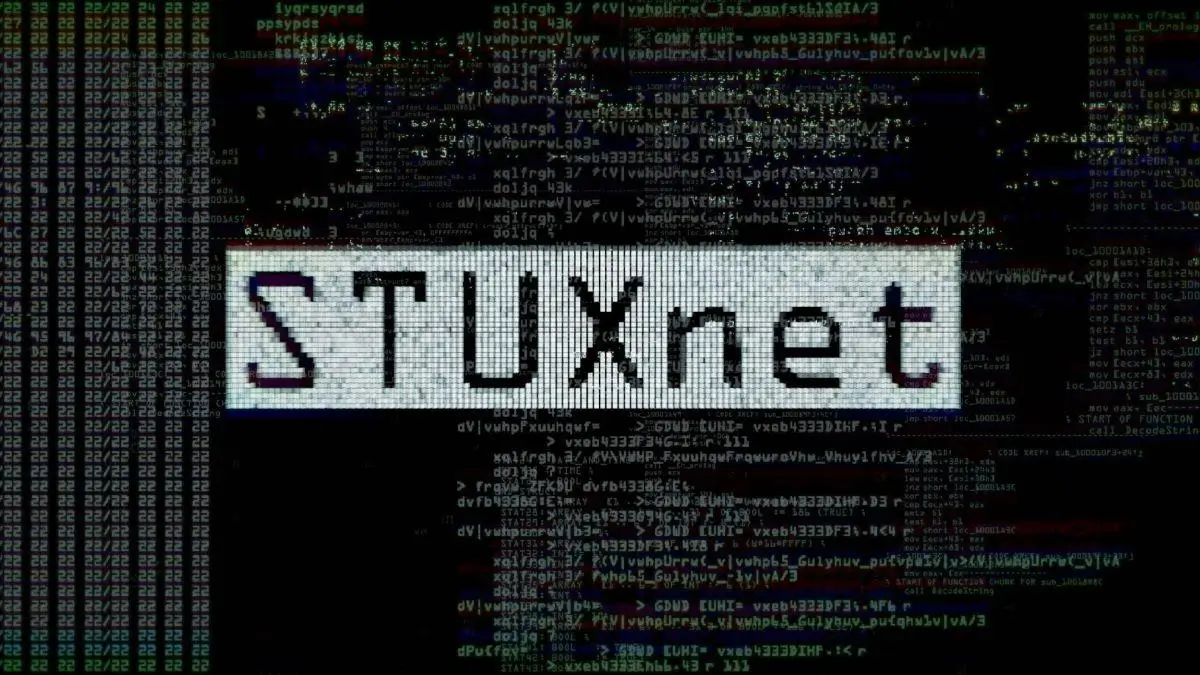Published on May 24, 2025
Stuxnet: Advanced Malware That Changed the Digital World

When discussing the most legendary cyber attacks in history, the name Stuxnet is never absent. This malware is not just an ordinary computer virus, but a cyber weapon that is designed very sophisticatedly to destroy physical infrastructure through the digital world. This article will discuss in detail how Stuxnet works, who is suspected of being behind it, and its impact on the global cybersecurity world.
What is Stuxnet?
Stuxnet is a computer worm that was first discovered in 2010 by a Belarusian cybersecurity company, VirusBlokAda . Unlike ordinary malware that targets data or steals information, Stuxnet is designed to disrupt and destroy physical systems controlled by computers.
More specifically, Stuxnet attacks SCADA (Supervisory Control and Data Acquisition) systems used in the operation of critical industrial facilities such as power plants and nuclear plants.
Main Target: Iranian Nuclear Plant
The initial discovery of Stuxnet occurred in Iran, and after being traced, this malware was apparently designed to attack the uranium enrichment facility in Natanz, Iran. Its main goal was to damage centrifuges, the devices used to separate uranium-235 from uranium-238 by causing them to spin at abnormal speeds until they broke.
What’s remarkable is that Stuxnet didn’t stop the system immediately, but instead manipulated the centrifuge’s rotation speed slowly and stealthily so that the damage occurred without the operator’s immediate detection.
How Does Stuxnet Work?
Stuxnet has a complex architecture and exploits zero-day vulnerabilities, which are security holes that software vendors are unaware of at the time of the attack. Here are the steps Stuxnet works in:
1. Spreading Through USB Drives
Stuxnet spreads through USB drives, exploiting a vulnerability in Windows to automatically run itself when the USB is plugged in. This is important because industrial networks like the one at Natanz are not connected to the internet, so the spread must be done air-gapped (with no external connections).
2. Exploiting Windows Vulnerabilities
Stuxnet exploits up to four previously unreported zero-day vulnerabilities. This allows the worm to enter the system without being detected by standard antivirus or firewalls.
3. Infiltrating the SCADA System
Once successfully infiltrated, Stuxnet will search for Siemens Step7 software, which is used to control Programmable Logic Controllers (PLCs). PLCs are the brains of centrifuge operations in nuclear facilities.
- Getting to Know OWASP: The Pillar of Modern Web Application Security
- CVE-2025-31200: A Serious Threat to Modern Servers
- XFCE: Lightweight, Fast and Reliable Desktop Environment for Linux Users
- Ransomware Attacks: How Much Hackers Really Demand
- What Is Spear Phishing? Definition, How It Works, and How to Protect Yourself
4. Modifying the PLC Program
After finding and accessing Step7, Stuxnet silently modifies the PLC code. It changes the centrifuge control commands but still displays a normal display on the operator’s screen. This means that the system is not running as it should, but the operator is not aware of the disruption.
5. Programmed Sabotage
With an unnatural rotation speed, the centrifuges began to break down one by one. This is a form of programmed sabotage, which is carried out accurately and carefully so as not to be detected immediately.
Advanced Features of Stuxnet
Some of the features that make Stuxnet a very advanced malware include:
- Fake digital signature: To avoid detection by security systems.
- Ability to hide: Hide its activity on the system so that it is not easily detected.
- Specific programming: Only attacks targets with certain configurations, making it very “precise” and does not spread widely like ordinary viruses.
- Multi-component: Consists of many small parts that work together, like complex software.
Who Created Stuxnet?
Until now, no country has officially claimed responsibility for the creation of Stuxnet. However, based on reports from various trusted sources such as The New York Times and Symantec , Stuxnet is believed to be a joint project between the United States (NSA) and Israel (Unit 8200) in an operation called the Olympic Games.
The motive was to slow down Iran’s nuclear program without having to carry out a direct military attack.
Stuxnet’s Global Impact
Stuxnet created a new precedent in the world of cybersecurity. This was the first time a malware managed to destroy a physical device in real time, not just steal data. Some of the important impacts of Stuxnet include:
- The birth of the era of cyber warfare.
- Countries began to build cyber defense and cyber offense units.
- Increased vigilance against SCADA and industrial control systems.
- Became the inspiration for the birth of similar malware such as Duqu , Flame , and Gauss .
Stuxnet Today: What Can We Learn?
To this day, Stuxnet remains a major case study in the field of cybersecurity. Some important lessons that we can learn from this case are:
- Industrial security is a top priority, especially SCADA systems.
- Zero-day vulnerabilities are very dangerous and can be exploited for large-scale sabotage.
- Physical and digital security must be integrated, not just focused on one aspect.
- There needs to be active auditing and monitoring, especially for systems running on critical infrastructure.
Conclusion
Stuxnet is not just ordinary malware, but a real form of high-level digital warfare. It changed the paradigm of cybersecurity and proved that computer code can be used as a destructive weapon. Now, in an era that is increasingly dependent on automation and IoT, this kind of threat could happen again. Therefore, understanding how malware like Stuxnet works and its dangers is very important, not only for security practitioners, but also for industry and government.





